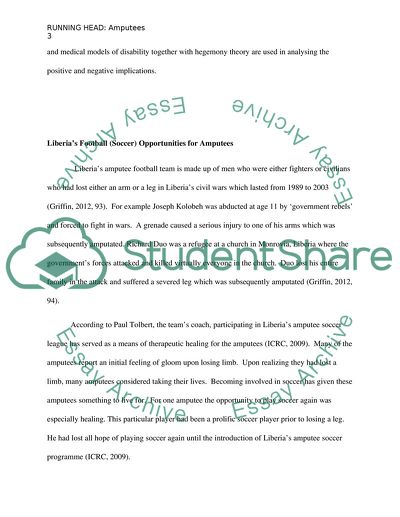Cite this document
(The Positive and Negative Implications of Football Opportunities Term Paper, n.d.)
The Positive and Negative Implications of Football Opportunities Term Paper. Retrieved from https://studentshare.org/people/1881683-discuss-the-positive-and-negative-implications-of-football-soccer-opportunities-developed-for-amputees-in-liberia
The Positive and Negative Implications of Football Opportunities Term Paper. Retrieved from https://studentshare.org/people/1881683-discuss-the-positive-and-negative-implications-of-football-soccer-opportunities-developed-for-amputees-in-liberia
(The Positive and Negative Implications of Football Opportunities Term Paper)
The Positive and Negative Implications of Football Opportunities Term Paper. https://studentshare.org/people/1881683-discuss-the-positive-and-negative-implications-of-football-soccer-opportunities-developed-for-amputees-in-liberia.
The Positive and Negative Implications of Football Opportunities Term Paper. https://studentshare.org/people/1881683-discuss-the-positive-and-negative-implications-of-football-soccer-opportunities-developed-for-amputees-in-liberia.
“The Positive and Negative Implications of Football Opportunities Term Paper”, n.d. https://studentshare.org/people/1881683-discuss-the-positive-and-negative-implications-of-football-soccer-opportunities-developed-for-amputees-in-liberia.


